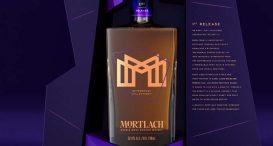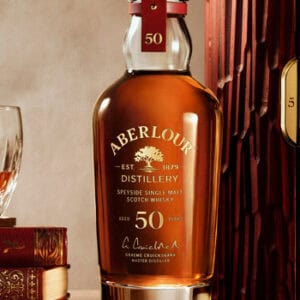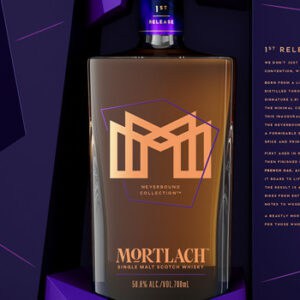The Importance of an Origin Story in Conveying Brand Values
Whisky can be a hard sell to people who haven’t yet acquired the necessary taste to savour and enjoy it. Faced with little more than a fiery sensation in the back of their throats, it’s a wonder that whisky companies ever managed to convince someone to try their product!
But that’s where marketing and an engaging origin story get people intrigued and interested to try this wonderful amber liquid. Of course, once the initial delight of their first dram is finished, ‘first-timers’ start to notice a depth of flavours and aromas that weren’t previously there.
However, origin stories aren’t just important for piquing the interest of a few ‘whisky-curious’ individuals to try, that’s not much of a business model. Origin stories are critical to conveying brand values, something that helps whisky brands, or any product or service, resonate with and build loyalty among its customer base.
What makes a compelling origin story?
A brand’s origin story simply tells its customers and the rest of the world how the company came to be. Typically this includes when the brand was established, who the founder(s) was and how it grew from the seed of an idea to something significant.
But while it aims to inform, a brand story is also the perfect opportunity to convey the values that are core to a company’s identity. A compelling origin story elevates the way a brand is perceived, whether that’s Amazon’s garage roots, a home-grown family-run business to global Maker’s Mark’s humble ambition to make something drinkable for its founder.
While history is important in an origin story, how it is delivered also matters. A list of dates, accomplishments and names aren’t that inspiring to read and don’t create an interactive experience for the reader. A blurb about the company is fine for an ‘About Us’ page but when delving deeper into what motivates and inspires that brand, it’s not enough.
The significance of sharing a brand’s backstory
How a company came to be is more than just a story, it’s what shapes everything about it, from the products or services it creates to its branding. The history of Jameson Irish Whiskey, for instance, is extensively covered on the company’s website.
It takes interested readers throughout the history of the whiskey’s founder, how historical events shaped the company’s journey and its modern-day activities. The punctuated backstory paints a picture of the brand and it’s the perfect learning opportunity for lovers of the whiskey; from hidden ‘easter eggs’ in the label to overcoming world wars and a civil uprising.
This company history offers something to talk about over a dram while also injecting a sense of accomplishment for the Irish brand. Building a reputation through authentic storytelling also helps with brand recognition which in turn helps further cement another level of trust.
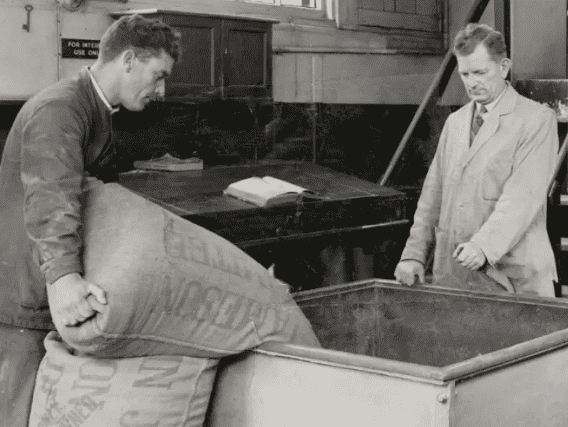
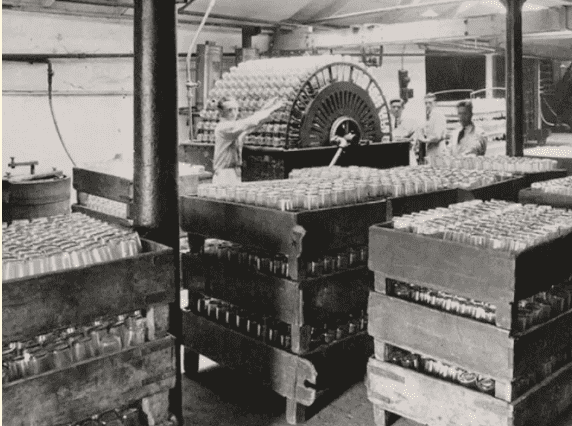



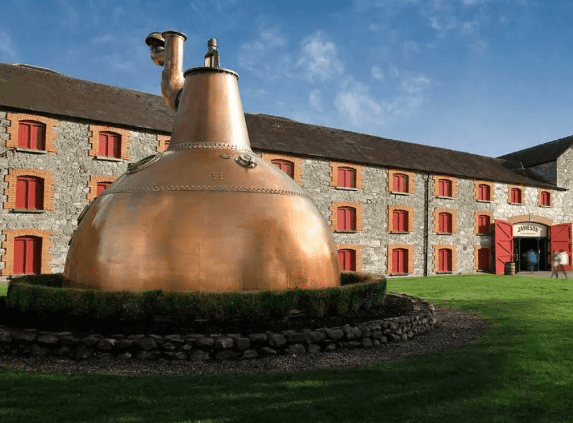
How should brands tell their story?
Brands should write their origin story to try and put who they are into context and why they provide the goods or services that they do. The significance of creating a backstory helps to build brand trust, an essential component for gaining customers.
But, it must be genuine and feel like an authentic origin story and there are some ways that companies can make sure their backstory comes across as such. The real people behind the brand must come to the fore, ideally through their own voices. Writing the backstory in the first person narrative helps make it genuine, rather than writing in the third person which makes it seem as though someone outside the company has done it.
The first-person narrative perspective is not always necessary and the most important aspect is how genuine your origin story is. For example, the honesty in sustainable luxury brand Shaku’s origin story details how its creator always had an artistic passion inside wishing to break free from her successful but uninspiring career in property. Through following traditional techniques and creating timeless pieces, Shaku has been able to convey its slow fashion approach, which appeals to modern sensibilities and showcases its ability to create for the long term.



Techniques for successful storytelling
When trying to decide which whisky to buy, branding and how one particular distillery conveys its story can be a deciding factor over another. The best way to easily convey a backstory is to keep it concise. The more developed and complicated the story is, the easier it is for the finer details to get lost.
It’s important to focus on the moment that led to the creation of the company while also highlighting the problem that the brand solved for its customers. In the case of whisky, that might be providing a smooth tasting but peaty, such as Black Bottle or a Japanese whisky that is tapping into a thirsty market. Using specific details help ground a backstory in reality, while rolling out a consistent story is essential.
The importance of marketing
Once a brand story has been created, a brand must find a way to tell it to the world. Being able to tap into a target market doesn’t happen by accident, it requires smart marketing to bring a brand-defining story to light.
What would be the point in creating a compelling origin story if nobody can read it? It would be like Shakespeare writing all of his iconic plays only to have no one read or perform them. A compelling origin story should be rolled out across all marketing channels, ensuring that the messaging and tone are the same throughout. Confusing customers is a quick way to alienate them and make them distance themselves from a brand.
The power of marketing helps whisky brands like The Famous Grouse stay in the public’s mind despite most of its marketing budget being spent around the festive period. But behind that marketing is the power of The Famous Grouse’s origin story, its roots in Perthshire and the iconic bird from the region.
Marketing makes customers aware of the products brands are providing, engages them and helps them to make a decision. A colossal 95% of purchasing decisions are emotional, so an emotive and engaging origin story helps customers make the leap from one brand to another.







